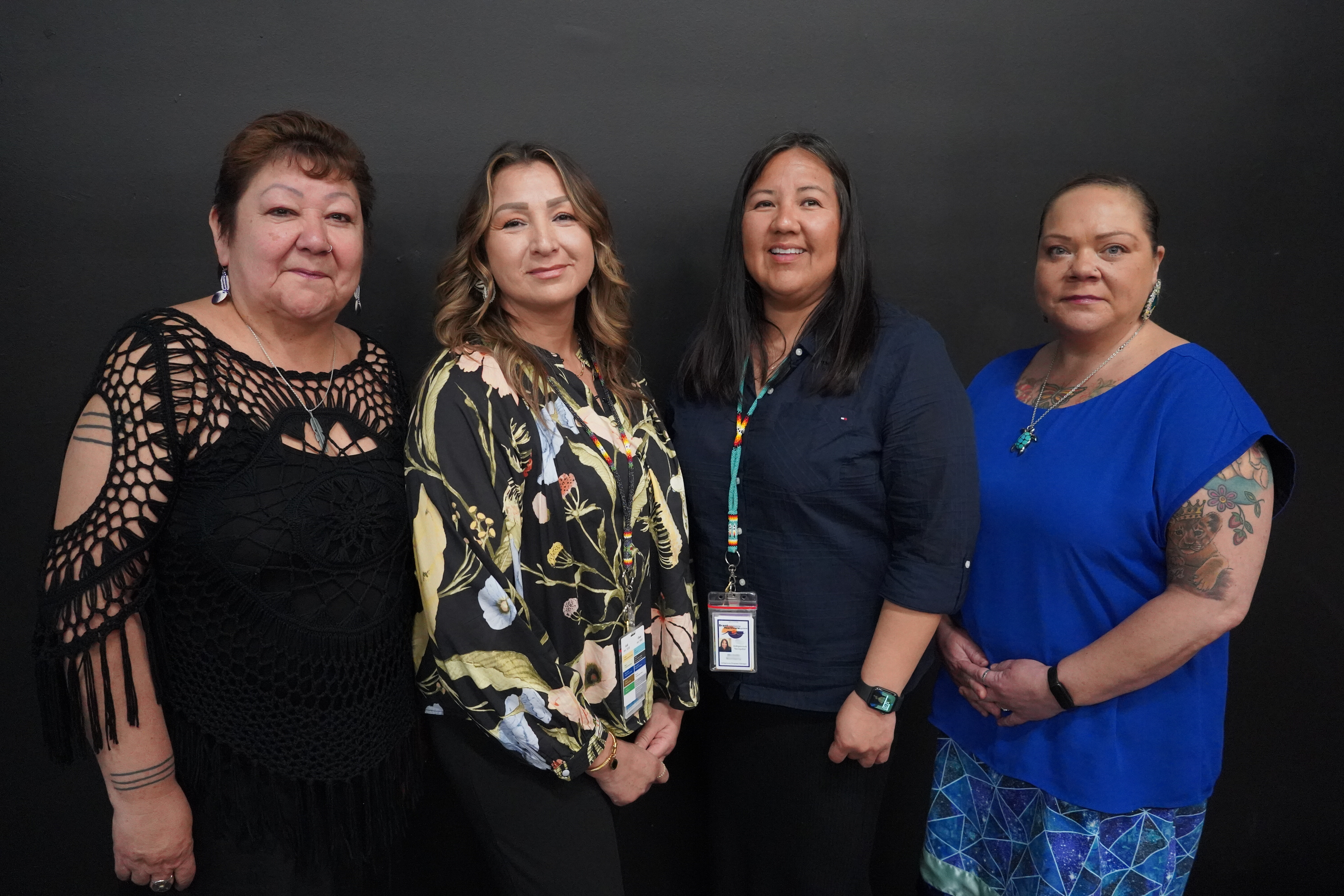Brantford hospital enhances support for Indigenous patients

“I want patients to focus on their health, and I can focus on all the administrative areas,” says manager of Indigenous Health Services.
By
Patients at Brantford General Hospital and the Willett Urgent Care Centre in Paris can now voluntarily self-identify as Indigenous or First Nations.
It may sound like a small change — but it will hopefully help connect more people with culturally safe care and better supports once they leave, Michelle Bomberry, manager of Indigenous Health Services at Brant Community Healthcare System (BCHS), told The Spectator.
The hospital is based in Brantford, where around five per cent of the population identified as Indigenous as of the 2021 census profile.
But it also serves residents from the neighbouring Six Nations of the Grand River (the most populous First Nation in Canada) and Mississaugas of the Credit First Nation.
BCHS, which oversees the hospital and urgent care centre, introduced the Indigenous health service in 2022.
But until now, it was challenging to know which patients in the hospital could benefit from it.
“We’re supposed to be engaging in ensuring cultural safety and discharge planning … it was difficult, because I didn’t know who was there, and if we found out, it might have been the day they were being discharged,” Bomberry said.
Knowing a patient identifies as Indigenous or First Nations will help her connect them with some of the initiatives BCHS has set up to provide culturally responsive care.
This includes an Indigenous medicine division led by Dr. Karen Hill, who brings a dual understanding of western and traditional medicine and how they can complement each other, Bomberry said.
“She looks at you as a whole person,” and that includes making links with whatever First Nation they’re from “to make sure you’re going to be OK when you’re back home,” Bomberry said.
The hospital has a new Indigenous family space, where large families can congregate, use traditional medicines and smudge or burn tobacco, and even stay overnight.
Supports also include an Indigenous patient navigator program, help accessing community and in-house resources, in-person translation services for Six Nations languages, and hospital discharge planning assistance.
Some nearby health-care systems — including Hamilton Health Sciences — have similar initiatives, but the program is evolving to respond to local needs.
Beyond things like holistic care, the program can also help navigate the “intricacies” of the financial side of medical care.
Some First Nations peoples don’t have OHIP because they’re asserting their sovereignty and treaty rights, Bomberry said.
The hospital will serve everybody, “regardless if you identify or not, because that’s what the hospital is mandated to do,” she said.
But knowing which First Nation they are with can help Bomberry to get them coverage through NIHB (noninsured health benefits for First Nations and Inuit).
She can also help connect them with grants and programs in their area if they need specialized equipment or services returning home.
“I want patients to focus on their health, and I can focus on all the administrative areas,” she said.
Bomberry understands not everyone will want to identify themselves, given the history of the residential school system, and federal “Indian hospitals,” where patients experienced verbal, psychological, physical and sexual abuse, according to the Hardy class action settled earlier this year in federal court.
“There’s a lot of hesitation; there is still that lack of trust,” she said.
It can even trickle over into something like waiting to be seen at the emergency department.
“Is it because of who I am?” Bomberry said she might instinctively think if she saw a non-Indigenous person get seen before her, even if she arrived first.
“And so I want our staff to understand: this is exactly what happened in the past. That trauma is still there, and so we need to break that, and we need to continue to educate.”
That extends to public education. For instance, when hospital signage explains the system for triaging patients to community members, it helps people understand “it’s not because you’re an Indigenous person. There are actually cases that are urgent that bump you,” she said.
“There is a lot of trauma still, but we are making, I would say, inroads to building that trust and sharing our knowledge,” she said.
To access Indigenous and First Nations supports and services at Brant Community Healthcare System, self-refer by calling 519-751-5544, ext. 4561, emailing indigenousnavigation@bchsys.org, or speak to a member of your health care team.
Read the full Hamilton Spectator article here: Brantford hospital enhances support for Indigenous patients




